What Is a Communication Protocol?

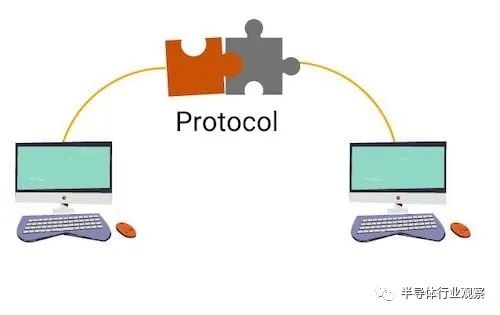
-
How devices should identify themselves
-
How they should establish, maintain, and terminate connections
-
What types of data they can send and how they should format it
-
How they ensure data is correctly received and understood at both ends
-
What modulation and channels devices should use
-
What error coding techniques devices should employ
-
How the exchanged information should be protected
-
Communication protocols are based on various factors, including the characteristics of the information to be exchanged, the communication medium, and the capabilities of the devices that will use it.
From Protocol to Standard
-
Ethernet
-
Transmission Control Protocol/Internet Protocol (TCP/IP)
-
Wireless Networking
-
Lora
-
Bluetooth Low Energy
What Is Bluetooth Low Energy?
Bluetooth Low Energy Power-Saving Features
Bluetooth Low Energy Protocol Stack
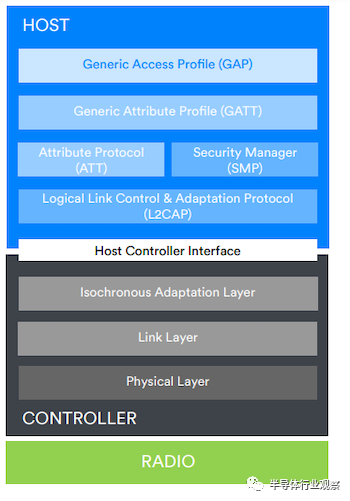

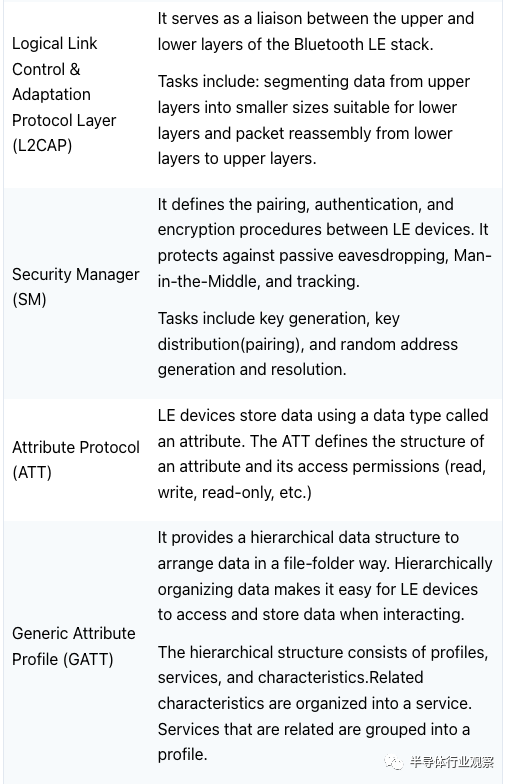
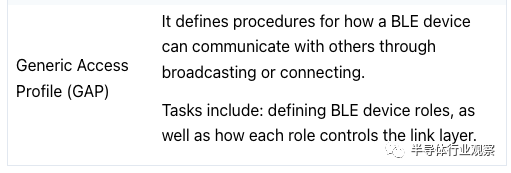
-
Unconnected communication: It broadcasts its data to any listening devices
-
Connected communication: It forms a dedicated connection with another device and communicates with it using a client-server mechanism

1. Unconnected Communication
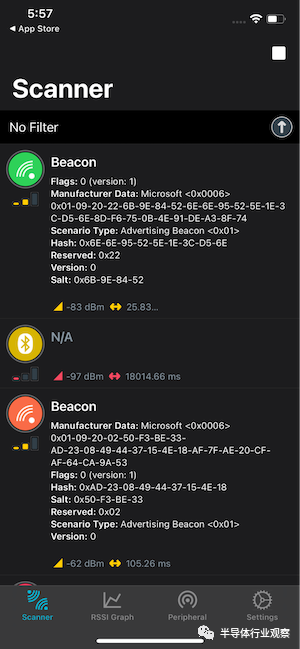
2. Connected Communication
Bluetooth SIG (Special Interest Group)
-
Publishing Bluetooth specifications
-
Protecting the Bluetooth trademark
-
Providing qualification certification programs before products enter the market
-
Promoting Bluetooth technology
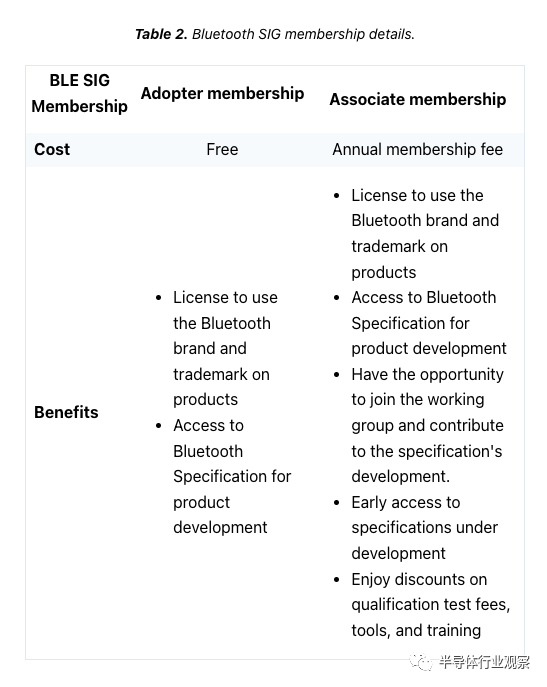




Click
Here, “Read the original article” leads directly to the Electronic Technology Application Official Website